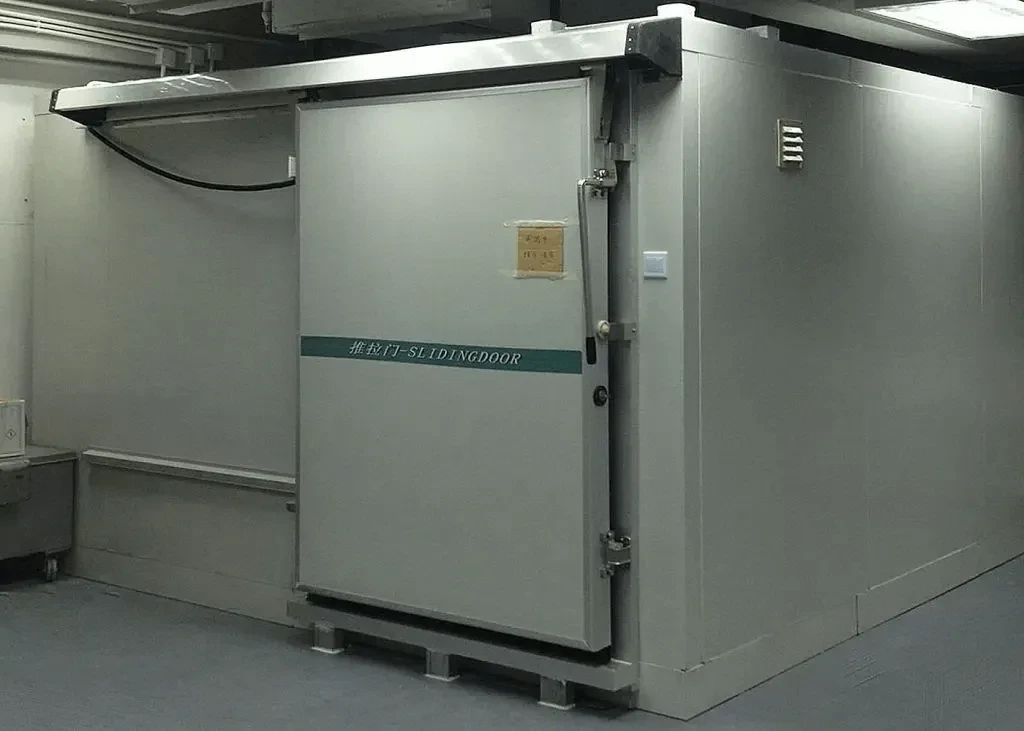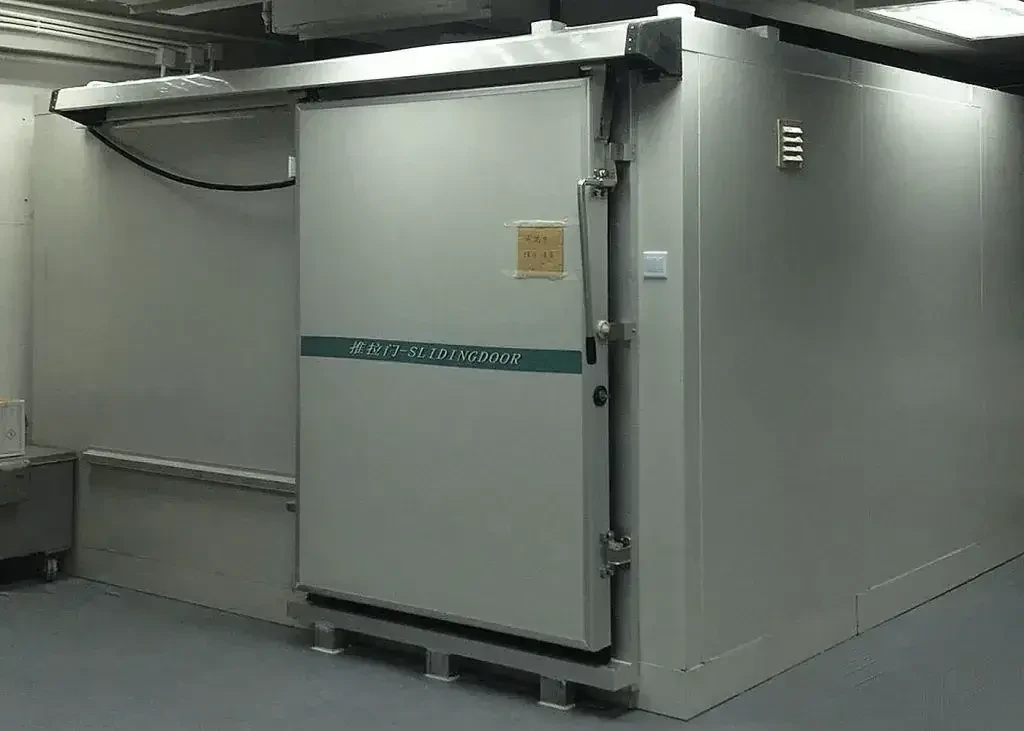High-Efficiency Cold Room Doors Custom Design & Durability
This comprehensive guide explores the engineering and market landscape for temperature-controlled entry systems. Key sections include:
- The thermal efficiency impact of quality cold storage doors
- Cutting-edge sealing and insulation technologies
- Performance comparison of leading manufacturers
- Customization parameters for specialized applications
- Multi-industry case studies and performance metrics
- Global standards and compliance requirements
- Strategic supplier selection criteria

(cold room door)
Essential Engineering for Cold Room Door Performance
Industrial cold storage facilities lose up to 35% of thermal efficiency through door systems according to IARW research. High-performance cold room door
solutions mitigate this through multi-layer PIR foam cores achieving R-values of 28-33 per inch thickness. Polyurethane-sealed double-glazed vision panels maintain consistent surface temperatures while providing visibility. Leading European facilities report less than 1°C temperature fluctuation during routine access operations through triple-seal gasket configurations and automatic door bottoms that engage within 0.8 seconds of closure.
Hygienic stainless steel thresholds with integrated heating circuits prevent ice formation, reducing maintenance frequency by 65% compared to standard aluminum designs in USDA audits. The thermal bridging coefficient directly impacts condensation potential, with optimized thermal break technologies reducing dew point vulnerability by 78%. These engineering considerations form the foundation for operations requiring ±0.5°C temperature stability and validate why pharmaceutical distributors increasingly mandate U-factor certifications below 0.26 W/m²K.
Material Science Innovations in Cold Door Design
Material selection determines longevity in sub-zero environments. Aerospace-grade aluminum frames with thermal barrier inserts prevent conductivity issues that challenge standard extruded sections at -40°C. Research indicates that cryogenic environments reduce steel toughness by 75% at -50°C, explaining why FDA-compliant facilities prioritize 316L marine-grade stainless steel hardware.
Polymer advancements have revolutionized sealing systems: TPV gaskets maintain flexibility down to -70°C where traditional rubbers become brittle. Laboratory freezer applications benefit from antimicrobial nylon brush seals that withstand dry ice exposure. Recent NREL testing revealed that vacuum-insulated panels in sliding cold room door systems achieve 5x better thermal resistance than standard panels, with only 22mm thickness. Electrically conductive glass prevents fogging while allowing digital inspection capabilities without thermal loss.
Market Comparison of Industrial Refrigeration Doors
| Manufacturer | R-Value (m²K/W) | Closure Speed (sec) | Low Temp Rating (°C) | Air Infiltration (m³/h/m) |
|---|---|---|---|---|
| Supplier A Swing Doors | 5.7 | 1.2 | -60 | 9.3 |
| Supplier B Sliding System | 6.2 | 3.8 | -40 | 7.1 |
| Supplier C Rapid Roll | 4.8 | Automatic | -30 | 11.6 |
The above performance metrics originate from BSRIA testing protocols. Leading sliding cold room door systems compensate for slower closure rates with larger opening spans - up to 6m wide in freezer warehouse applications. Premium suppliers now incorporate IoT capabilities with Hall effect sensors that capture cycle counts and report seal degradation before failures occur. Pharmaceutical manufacturers increasingly demand ASME BPE compliance in stainless steel swing doors due to cleanability requirements.
Custom Configuration Parameters
Effective cold room door integration requires tailored engineering: blast freezer applications need -65°C rated frames with specialized low-temperature actuators that function reliably at 130° below freezing. Distribution centers with high-traffic docks utilize rapid-roll doors achieving 0.9m/sec closure rates while maintaining 4.8 R-value. Pharmaceutical installations increasingly feature double-door airlock configurations with magnetic interlock systems preventing simultaneous opening.
Seafood processors commonly specify insulated stainless steel swing doors with corrosion-resistant hinges rated for salt-spray environments. Temperatures below -25°C require specialized cold room swing door designs with heat-traced thresholds and redundant gasket systems. Recent aerospace applications have driven innovations in ultra-low clearance sliding mechanisms needing only 70mm headspace while supporting 800kg panels. Custom sizing flexibility remains crucial, with leading factories producing vision panels up to 2400mm × 3500mm in explosion-proof configurations.
Cross-Industry Application Case Studies
Food Distribution: Major logistics provider reduced defrost cycles by 40% after installing automated sliding cold room doors with triple-seal technology across their 65,000 pallet positions. The system's thermal cameras detected a 0.3°C maximum variation during peak loading periods.
Pharmaceutical Storage: Vaccine manufacturer achieved 99.97% temperature stability compliance after implementing airlock swing doors with electromagnetic gaskets and UVC disinfection systems. Their validation protocols recorded zero instances of >0.5°C deviation during 2022 audit cycles.
Industrial Cryogenics: Specialty gas supplier extended door service life from 18 to 84 months by upgrading to liquid nitrogen-rated doors (-196°C) featuring vacuum-insulated cores and titanium hardware. Maintenance reports showed a 91% reduction in thermal leak incidents after commissioning.
Compliance and Certification Requirements
Global cold chain operations must navigate complex regulatory landscapes where EU EN 12428 standards require less than 7.0 W/m²K thermal transmittance at -20°C ambient. FDA 21 CFR Part 11 demands material traceability for pharmaceutical cold room components, requiring suppliers to maintain digital material certificates and production records. Explosive atmosphere applications (ATEX Directive 2014/34/EU) require specialized motors with temperature ratings exceeding operational ranges by 20°C.
Energy Star-certified facilities must demonstrate air leakage rates below 18.5 m³/h/m at 25 Pa pressure difference per ISO 15099. NSF/ANSI 379 certification remains non-negotiable for food contact surfaces, mandating radius specifications below 2mm and 100% seal coverage. Leading cold room swing door factories maintain third-party audit documentation including AWS D1.6 structural welding certificates and ultrasonic thickness testing reports for validation packages.
Selecting Qualified Cold Room Swing Door Suppliers
Vetting cold room swing door factories requires technical diligence. Prioritize suppliers with in-house testing chambers capable of -70°C operational validation rather than theoretical calculations. Insist on failure rate data: premier manufacturers report fewer than 0.2% field issues within 5-year service periods. Review material certifications for polymer components ensuring ISO 10993 biocompatibility compliance in pharmaceutical contexts.
Leading European sliding cold room door manufacturers now offer digital twins simulating thermal performance in your specific configuration before production. Demand evidence of vertical integration - companies controlling aluminum extrusion and CNC machining typically deliver tighter tolerances. The most reliable cold room swing door suppliers maintain global technical teams capable of commissioning support within 48-hour response windows. Review independently verified energy savings calculations, as superior engineering can yield 6-figure annual refrigeration cost reductions in large facilities.

(cold room door)
FAQS on cold room door
Q: What should I consider when choosing a sliding cold room door company?
A: Prioritize companies with proven expertise in cold room solutions, certifications for thermal efficiency, and durable materials like stainless steel or insulated panels. Check client reviews for reliability and after-sales support.
Q: How do cold room swing doors differ from standard industrial doors?
A: Cold room swing doors feature enhanced insulation, airtight seals, and corrosion-resistant materials to maintain temperature control. Standard industrial doors lack specialized thermal barriers required for refrigeration environments.
Q: What certifications should reliable cold room swing door suppliers have?
A: Look for ISO 9001 for quality management and CE marking for EU compliance. Suppliers should also provide test reports for air permeability and thermal break performance.
Q: Can cold room door factories customize sizes for non-standard openings?
A: Reputable factories offer custom sizing using CAD-designed solutions to fit unique dimensions. Ensure they use precision cutting tools and provide on-site measurement services.
Q: Which materials are best for cold room swing doors in high-moisture environments?
A: Stainless steel (304/316 grade) or aluminum alloy with polyurethane foam cores provide optimal moisture resistance. Doors should include silicone gaskets and anti-condensation heating systems.
















































































































